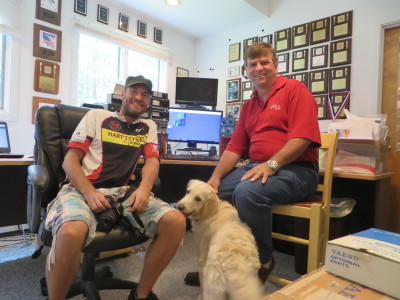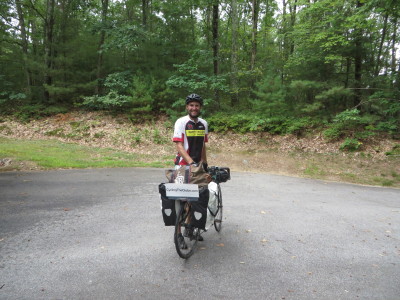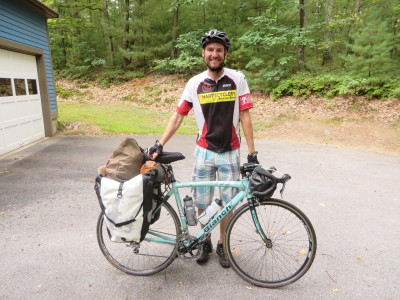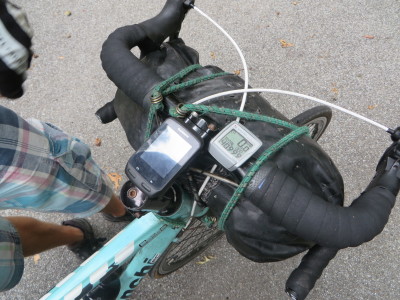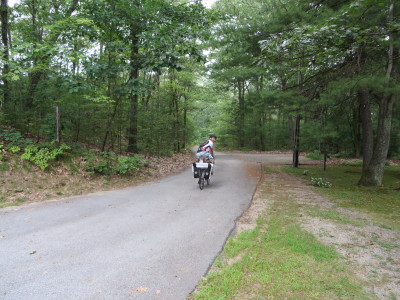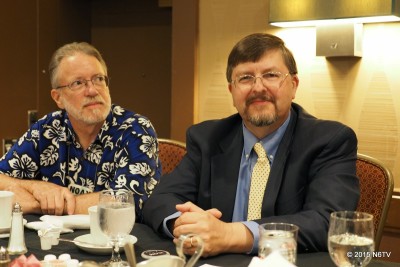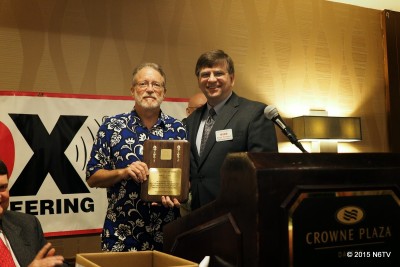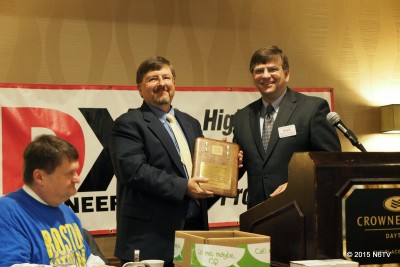There was an interesting exchange of views on the topic of ropes for wire antennas on the Yankee Clipper Contest Club email reflector this month. I wanted to capture some of the discussion for later reference.
On Feb 5, 2016, at 1:02 PM, Lars KE1J asked:
My dipoles came down today due to the heavy wet snow. Clearly the rope I used was not strong enough. Any suggestions for a good rope that can hold some wire antennas?
de K1LI:
The MastrAnt rope that guyed the towers at WRTC2014 was spectacular.
I’d think you’d worry more about trees pulling each other down than you would about this rope breaking!
And, they were a corporate sponsor of WRTC2014, which puts them high on my list of “go to” vendors.
Widely available at US ham equipment distributors, like DXEngineering.
You can see their products at: mastrant.com/en
de K1WCC:
There is a store in New Bedford, R&W Rope Works, that sells all kinds of rope. They opened their warehouse a few years ago to sell surplus rope, I went there, they had large amounts of all kinds of marine rope. I bought some 3/16″ dia. braided dacron, about 500 ft. and it’s tough and strong, designed for sunlight and abrasion resistance. I think they have a store there now, or, order online. My dipoles are still up, (just worked St. Helena with one of them) despite being coated with ice and snow right now.
I’m more concerned about wire strength.
https://rwrope.com/
Also, Davis RF is now in the rope business.
http://www.davisrf.com/dacron.php
Henry K1WCC
de N2GZ:
I have been using Dacron rope sourced from davisrf.com. I bought a lot of it (savings in bulk) and im going through it slower than i thought I would.
I employ a technique that lends itself to rapid rapiers:
Using a heavy (5/16 or greater) rope, I install a loop in each tree that will support the ends of my antenna. The loop is tossed over the support branch and is joned at a welded stainless ring of approximately 1 inch ID,
1/4 inch wire diameter. Mcmaster part 3769T74 or similar. a smaller ring would probably be fine. A swivel sheave could probably used here with added expense.
I then use a smaller rope, usually 3/16 diameter to support the antenna.
Shorter and lighter antennas require less tension to deploy, so a smaller rope could be fine here for shorter dipoles. This rope is passed through the welded stainless ring (or sheave).
The antenna is raised first by moving the steel ring to the top of the tree, and securing in place by tying off the loop of heavier rope at the base of the tree. Then the smaller antenna support cord is tensioned to position the antenna as desired. When deployed this way, there seems to be far less abrasion on the rope that passes over the tree branches, and the the rope that is likely to break is the one supporting the antenna. Should it fail, simply lower the ring/sheave with the loop of heavy rope and replace pull up a new antenna. Far easier to do rapidly, no need to get the cannon/slingshot out and no amount of luck is needed to get the rope placed as you had it before.
Sometimes it is desirable to install a fuse (smaller diameter rope) between the antenna and antenna support rope. so that it breaks in a specifiedspot, allowing your rope to be reusable without intermittent knots.
Greg, N2GZ
de W1HIS:
Yes. _Wire_ rope beats any organic (natural or synthetic) fiber rope; however, wire rope must be broken up by insulators, and insulators don’t pass through pulleyvery well.
The best organic fiber is polyester. No other organic fiber resists sunlight well. Only one other organic fiber, namely Kevlar, creeps less than polyester. (By creeping, I mean extending under sustained load.) However:
- Kevlar does not resist sunlight well, so it requires a braided polyester jacket.
- Kevlar absorbs up to 7% of its weight in water! It is a lousy dielectric.
- Kevlar does not resist abrasion as well as polyester. Although a braided polyester jacket would protect Kevlar fibers from external, or “surface” abrasion, Kevlar’s resistance to “internal” abrasion or fatigue due to repeated flexing is poor!
- Kevlar is quite brittle. A shock breaks it easily. A falling tree branch would be much more likely to snap a Kevlar rope, than a polyester rope.
Last but not least, black Dacron/polyester double-braid rope is relatively inexpensive.
IMO, nothing matches black-jacketed Dacron/polyester double-braid rope. The braided jacket protects the unpigmented, _straight_ (not twisted), fibers that provide the tensile strength of the rope. The lack of twist is important because a twisted rope untwisted and extends under a sustained load.
You should buy rope whose rated (breaking) strength is ten times the sustained load (tension) it must endure. I control the tension in a rope by hanging a lead weight on the free ends of the rope, which is fastened at one end and passes through a block to the hanging weight at its opposite end.
You should reduce wear on ropes by using pulleys (a.k.a. “blocks”) with large diameter sheaves (wheels). After years of replacing rope worn out by 2”, 3”, and 4″-diameter sheaves. I now use only 5” and 6” diameter sheaves.
Thus, I have gotten years of service from ropes, despite hurricanes, nor’easters, ice storms, and tree branches falling on my antenna and its supporting ropes.
For several years I have bought black Dacron/polyester double-braid rope from <http://www.synthetictextilesinc.com/supportham.html>.
-Chuck W1HIS
Note:
(1) Nylon does not resist sunlight well.
(2) Under tension, a Nylon rope grows longer, and longer, and longer.
de W1EQO:
Using an insulator between a nylon rope and the wire helps a lot.
The problem is we hams mostly use a class of wire antennas known as “standing wave” antennas (dipoles, verticals, yagis) vs another bunch called “traveling wave” antennas (loops, folded dipoles, resistor in the center folded dipoles, etc).
Standing wave antennas are characterized by an end (or ends), beyond which current does not flow. This is commonly called the “end effect.”
The end effect determines the feed point impedance of a standing wave antenna.
So, attaching a resistive chunk of nylon rope to the end of a dipole changes the feed impedance or VSWR. Also it is an absorbing extension to the wire, which I would expect, reduces the amount of radiated RF. Possibly even worse, the resistive value changes with weather and time.
Placing an insulator between the wire & rope mitigates this problem
Jim, W1EQO
de KI1H:
After the flurry of emails on the subject of rope last week and seeing my beams bowing to the weight of the heavy snow, I deciding to do a little research.
As was mentioned, Kevlar is resistant to stretch but not UV stabilized unless jacketed.
I did find a source for a material that stretches less than 1% at 30% load ( at 1/8″ that is 750 lbs load).
Look at the link below.
http://www.samsonrope.com/Pages/Product.aspx?ProductID=872
I called the manufacturer and it’s non-conductive.
